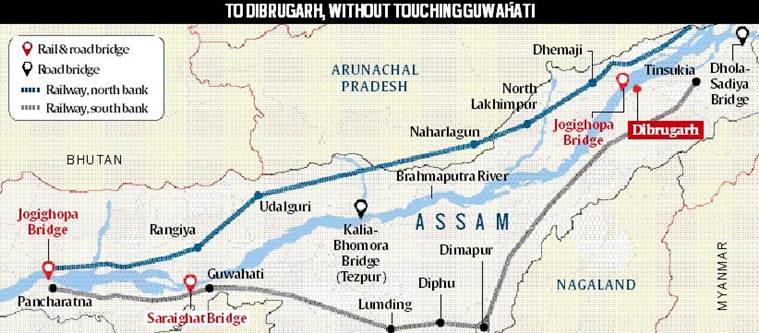7667766266
enquiry@shankarias.in
Why in news?
Bogibeel, the longest rail-road bridge of India, was recently inaugurated by the Prime Minister.
What is it?
 Why is it so significant?
Why is it so significant?
Source: Indian Express